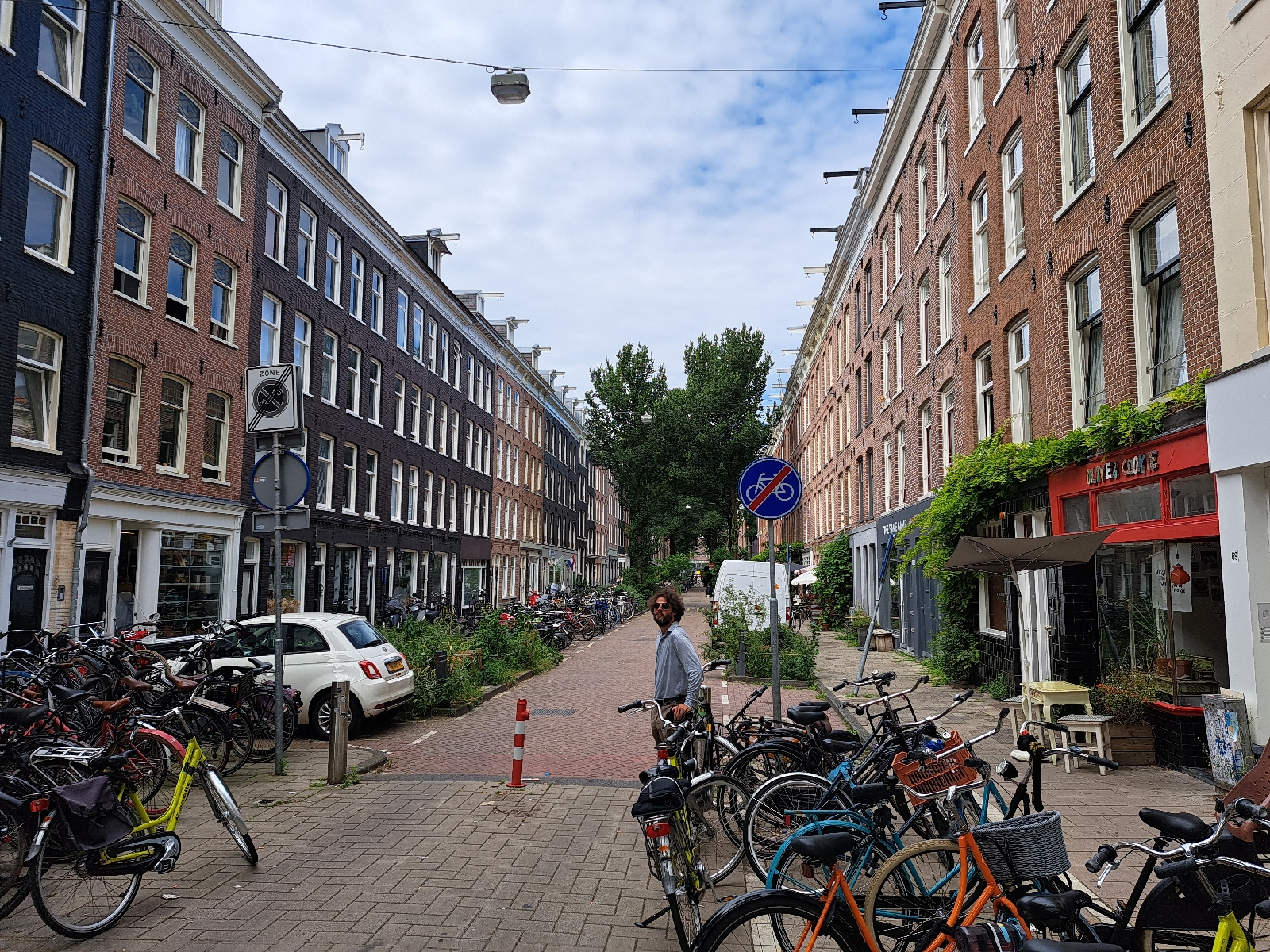Pre-trip pondering
So, I'm pretty much all packed up and ready to go on this month long adventure, but I've got a few things in mind before I head out. (Yes, this is an assignment. Yes, it's a great idea to do so anyway.) I've got preconceived notions about what I might experience in Denmark and the Netherlands. For the most part, these notions come from watching the likes of Copenhagenize and StreetFilms off and on for what seems like a decade-ish.
1–The public line
Reading the official websites and watching interviews with public officials led me to believe that both Denmark and the Netherlands (the economic development arms of their governments anyway) see their cycling infrastructure as an everyday necessity AND as a revenue source from both official and unofficial urban design edu-tourism. While it’s certainly replicable infrastructure, the drive to stay at the top of the cycling competition seems to keep both countries pushing forward on the extent and quality of their cycling networks and supportive urban design. But what's it like on the ground?
2–The gripes
Videos made by individual people and organizations present a somewhat more nuanced approach than the official line. I say “somewhat” because these folks also seem to be so pro-cycling and in awe of the current reality that I wonder what isn’t being said. Setting aside my inner suspicious critic, the bike riding videographers themselves pointed out flawed design and thoughtlessness. For instance, a badly misaligned cycling bridge irked the filmmakers. (Perhaps a combination of lived cycling experience and government-funded hype created baseline expectations of not messing up basic things like bridge alignment.) The tone of irked disappointment about Denmark’s blobs-of-asphalt ramps, for instance, highlighted the importance of everyday people expecting to receive better infrastructure from their urban planning departments. What will I notice? What will I not know enough to see?
3–The mobility-limited
I noticed the lack of emphasis on non-bike options for those who can’t bike or walk far. Granted, I sought out cycling and bike videos in my searches, not transit. Yet, trams rolled by in some videos, so someone planned around them at some point. Surely urban planners who purposefully kept throughway-driving cars out of neighborhoods remembered to plan for the diversity of folks with mobility limitations. Surely. Hopefully. I’ll ask while I’m there.
4–The parking
Parking also came up as a topic in the videos–with an emphasis on ease and whether a bike would be stolen. Indeed, one video included a planner boasting about building *another* bike garage at a train station. Still another videographer pointed out the lack of double-decker bike parking as contributing to the inadequate parking situation. Yet, no one seemed to point out that cities built for cycling require cycle storage spaces. The lessons that urban planners took from errors of cities (re)built for cars seemed to have been altered in translation. Bikes need parking spots available everywhere too, even if not as large as a car’s for any given spot. It’s possible that more than one bike per person also requires multiple possible parking spots as bikes are not universally allowed on transit. Building, running, and maintaining transit to the point of reducing the need for cycling would also be expensive and take up space (including vehicle parking space). Maybe the problem of parking bikes weighed less than the problem of extensive transit. What of the future? I’ll have to ask.
5–The sharing
The largest question looming in my mind remained after re-acquainting myself with Copenhagenize, Streetfilms, and the like: How well do these videos convey possibilities to US undergraduate and graduate students? I want to integrate lessons that I learn from the experiences of the Sustainable Bicycling Europe 2022 course into a public affairs course that I’ll teach in Spring 2023 at UCLA. Will these videos be enough to convey the lessons? What else will I want to bring back to share with my students? How will I share them?
And more…
I have a bunch of questions, but I'll stop at these 5 big areas of notions. Ready. Set. Go.



Comments
Post a Comment